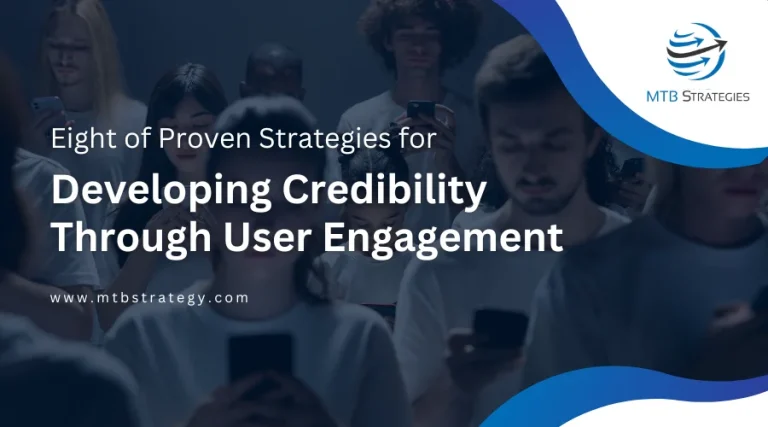We all know that third-party data is going the way of the dodo, thanks to shifting regulations and growing privacy concerns. Also, the inaccuracy and inconsistency of third-party data causes wasted marketing dollars and poor user experience. That’s why it’s crucial to switch to a first-party data approach.
In order to take your marketing plan to the next level, you should focus on using first-party data, which is information collected directly from customers. Compliance with regulations, cost savings, improved data quality, and other advantages of using first-party data are readily apparent.
How to Develop a Plan for a First-Party Data Strategy
I’ll provide you with a high-level road map for developing a successful first-party data strategy in this article. You’ll gain knowledge of goal definition and customer journey mapping. First-party data collection, data governance, integration, data management, and other topics will also be covered.
Set Your Company’s Goals
Your company objectives need to be distinct and stated regardless of the type of data collecting you plan to use. They are probably previously defined. To make them appropriate for the first-party data strategy context, you must alter them.
Determine Your Target Audience
Your first-party data strategy’s end goal will determine which audience groups should be prioritized. Next, you’ll start applying what you’ve learned by examining the actions of customers in the selected data set and how it relates to your ultimate objectives. First-party data is most certainly being collected at every stage of your current sales funnel, from first awareness to final purchase. You can use this data to create buyer personas that reflect your typical clientele.
Document the Customer’s Journey
Next, outline the entire buying process in a customer journey map. Opportunities to improve the user experience and refine the messaging to reach your target audience have been mapped out in this diagram.
Customers’ journeys through your sales funnel can be optimized and obstacles can be removed if you have a firm grasp on the process. This will lead to increased brand advocacy and higher sales.
Keywords, website visits, mobile app downloads, chat interactions, email automations, and social media engagements are all examples of data that can provide light on your consumers’ thought processes and be incorporated into a conversion funnel map.
List the Metrics You Need to Watch
Step 2 identified some of the data sources required to define your audience. A wide range of data sources will be required, and collection will be ongoing.
This entails evaluating the customer data technology to which you have access. Customer data platforms (CDPs) can help you target, collect, and unify the necessary data in one place.
You’ll have everything you need to pursue your goals if you have enough data systems in place.
Sync & Combine Marketing Data
Data by itself won’t go you very far. You need to deconstruct the material and interpret it. Nearly all company objectives call for transactional data. An actionable insight cannot be obtained solely through transactions. Connecting and merging your marketing objectives and goals with your data-driven understanding of your clients is essential.
The data you currently have should be used to determine its relationships, significance, and operationalization.
Measure Your Success
It will be challenging to reach your target without a thorough measurement method. Measuring your progress also has the added advantage of allowing you to adjust your target in response to prospective changes and identifying difficulties and unforeseen causes.
Final Thoughts
These are the broad strokes of developing an effective first-party data strategy to better achieve your audience- and customer-centric aims.
There isn’t a magic bullet that’ll fix everything. The steps to follow include objective formulation, target market analysis, customer journey mapping, data needs identification, and success evaluation.
Using these guidelines as a foundation, and investing the necessary time and effort into developing your plan, will allow you to fully realize the benefits of a first-party data approach.






